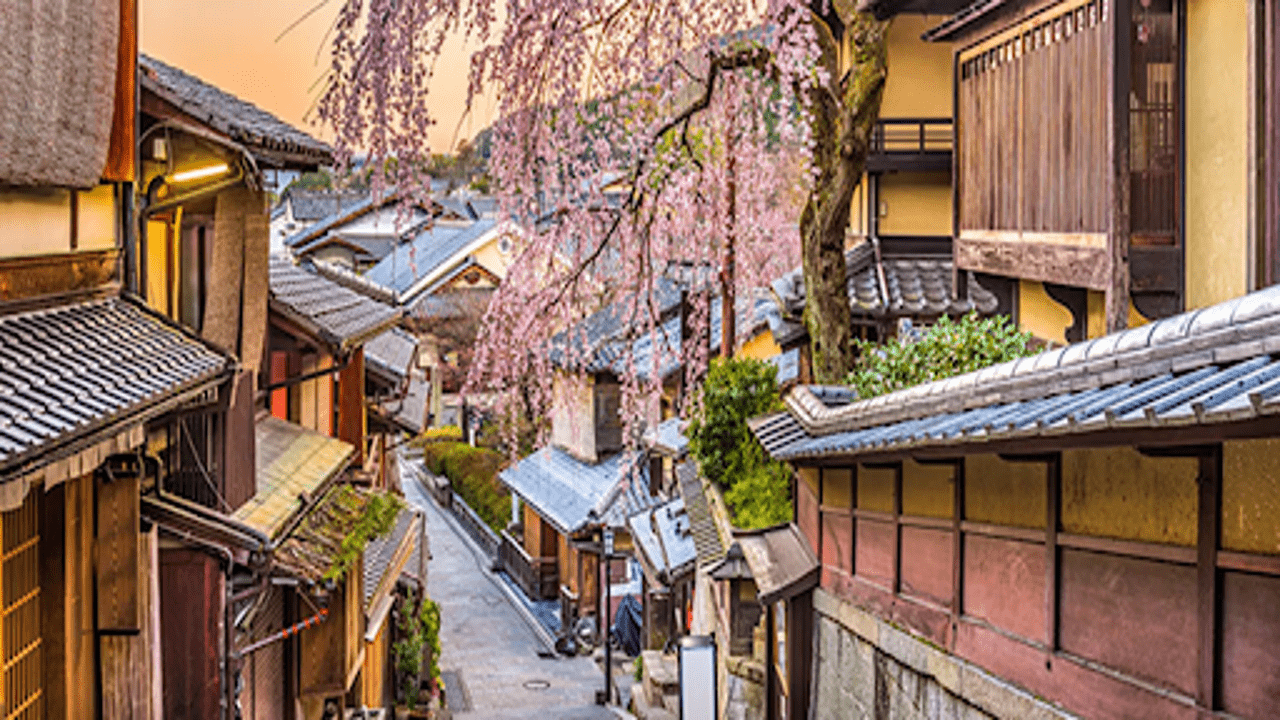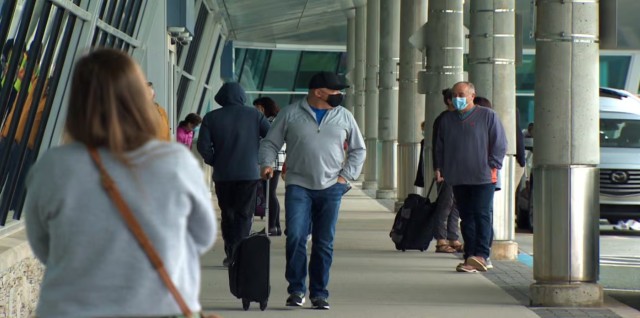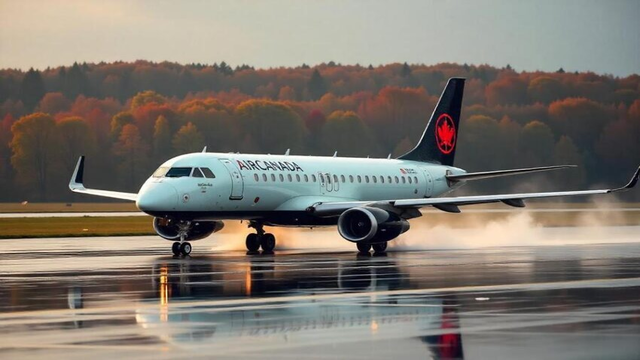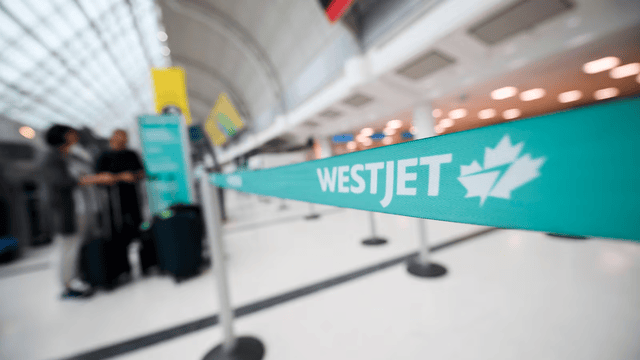
Springtime in Kyoto, Japan. (Travelpulse)
Japan’s tourism industry is experiencing a surge like never before, with record numbers of visitors flocking to the country. This year, the influx of tourists has been fueled by the yen's significant drop, making Japan an attractive destination for travelers from the United States and other countries.
In June alone, Japan welcomed 3.14 million international visitors, breaking the previous record of 3.01 million set in March. However, this boom has brought its own set of challenges, notably the problem of overtourism, which has led to discussions about how to manage the increasing number of visitors.
To address these issues, there are growing talks about implementing a dual pricing system that would charge foreign tourists more than locals. This idea is gaining traction among Japanese officials and business owners as a way to manage the influx of tourists and protect local interests.
In Japan’s northernmost prefecture, Hokkaido, the head of the local tourism organization has proposed a trial of this two-tier pricing system this autumn. The aim is to encourage businesses to offer lower prices to locals while charging higher fees to international visitors. This move is intended to keep Japanese residents from being priced out of popular destinations like Niseko, a renowned resort town.
The concept of dual pricing is not limited to Hokkaido. In Himeji, a city in western Japan, the mayor has suggested a substantial increase in entrance fees for foreign tourists at Himeji Castle, a historic samurai fortress recognized by UNESCO. Currently, the entrance fee is around 1,000 yen (about $6.44) for adults. The mayor proposes raising this fee to $30 for foreign visitors, while locals would continue to pay a lower rate of $5. This proposed change is driven by concerns about the castle's preservation and the impact of high visitor numbers, with about 452,300 of the 1.48 million visitors in the past year coming from abroad.
Osaka Prefecture is also exploring similar measures to manage tourist numbers and protect local resources. These proposals reflect a broader trend in Japan, where many locals support the idea of charging tourists higher prices. A survey conducted by Loyalty Marketing, a company that operates a shopping points card, revealed that over 60 percent of respondents were in favor of separate pricing for foreign tourists.
One example of this approach in practice is Tokyo’s Tamatebako seafood restaurant, which has implemented a dual pricing policy. Foreign tourists pay 7,678 yen ($49.30) for an all-you-can-eat and drink buffet on weekdays, while Japanese residents are charged 6,578 yen ($42.24). This pricing difference aims to accommodate the surge in international visitors while still catering to local customers.
Overall, Japan's approach to managing its booming tourism industry reflects a balancing act between welcoming global visitors and ensuring that local residents and businesses are not overwhelmed by the growing number of tourists.















